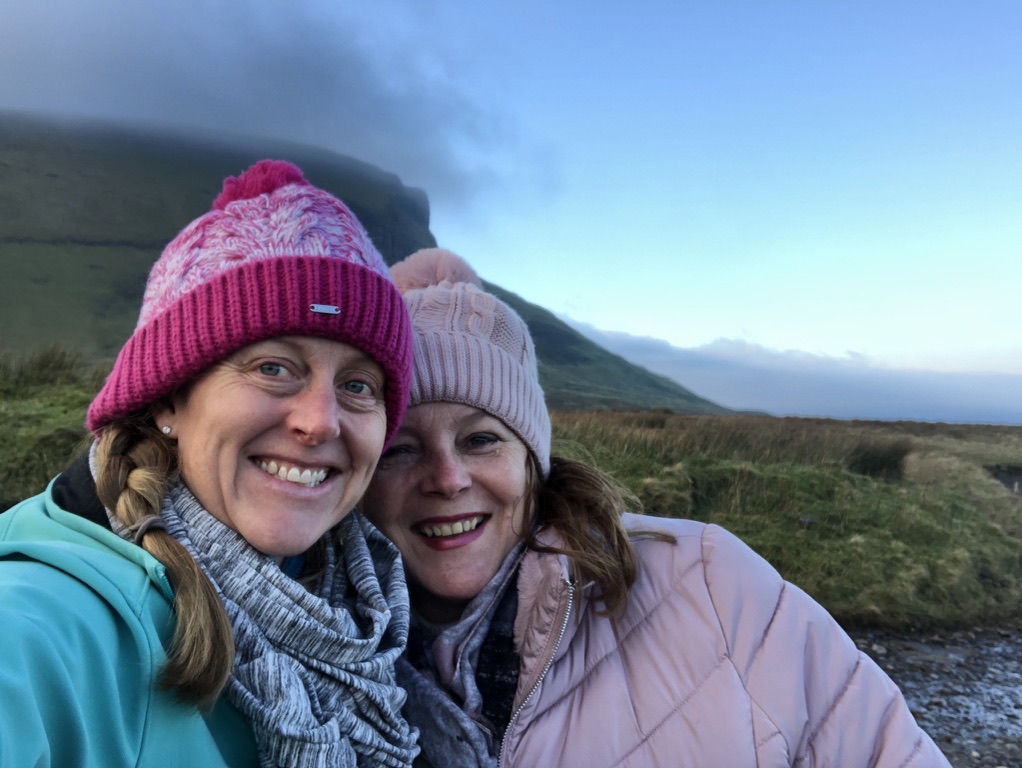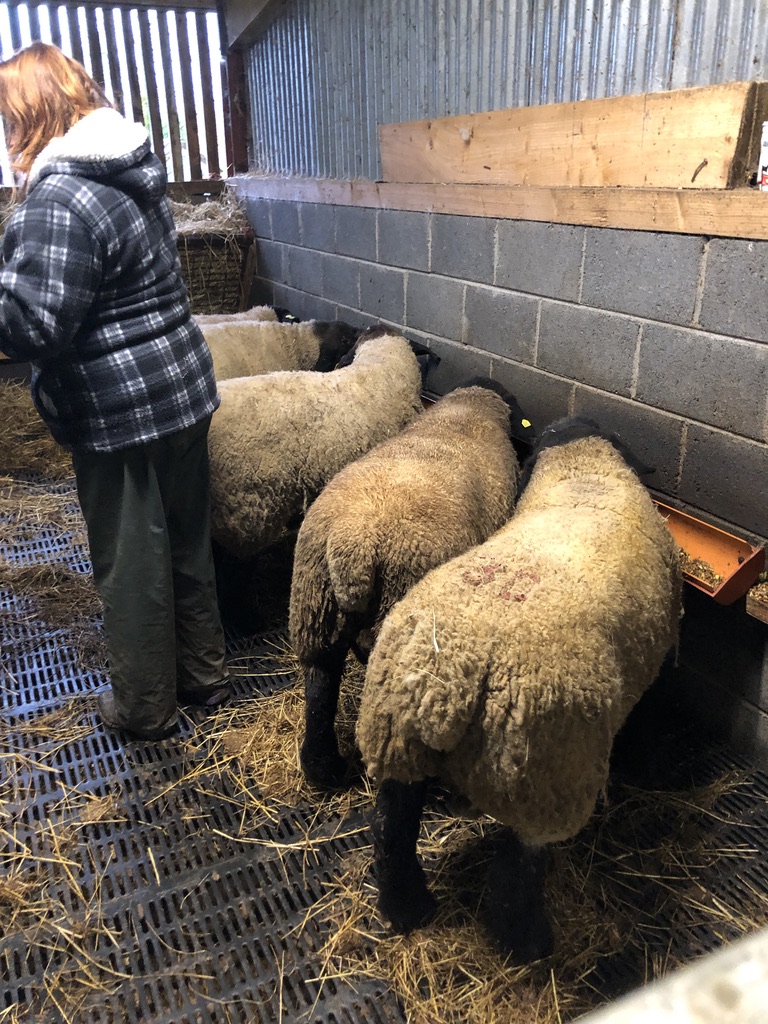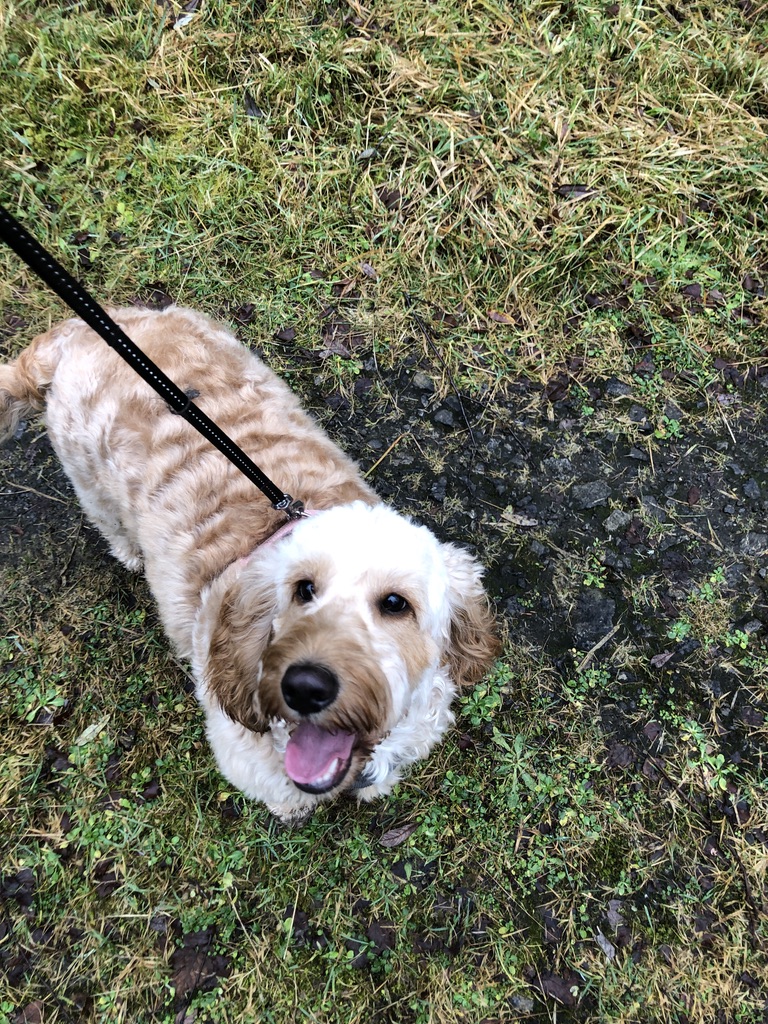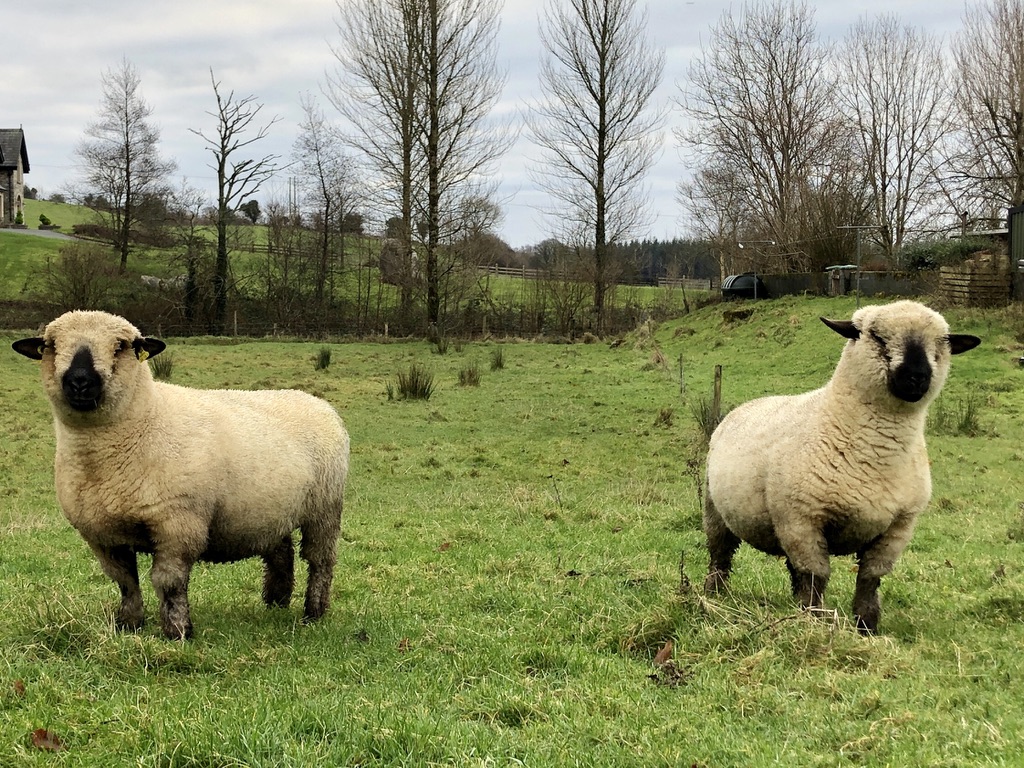3-minute read – January 2022
Sean and I first came to Ireland in May 2017 as part of a 5-week tour of the UK and Europe. On our last night in Ireland, we stayed at an Airbnb on a family sheep farm, and our connection to sheep farming began. Later that summer, we went to language school in Germany, a requirement for winter jobs we’d been offered in Zermatt, Switzerland. Unfortunately, those jobs never came together, but our new Irish friends suggested we come to stay and work on their sheep farm in trade for room and board. We had a wonderful time, and I am here now for the third time, helping out during their busy lambing season. Due to work responsibilities, Sean could not come; these are my thoughts on lambing.
It might seem odd for a vegetarian to work on a pedigree Suffolk sheep farm, but the Kirriemuir Farm focuses on breeding as much as meat production. Suffolks are one of the oldest domestic sheep, existing since the late 1700s, and are the leading domestic terminal sire breed throughout the UK and Ireland. The males provide the genetics to maximize lamb growth, feed efficiency, and carcass quality. The young born in January are quick to mature and can reach an ideal weight for the first sale in August.
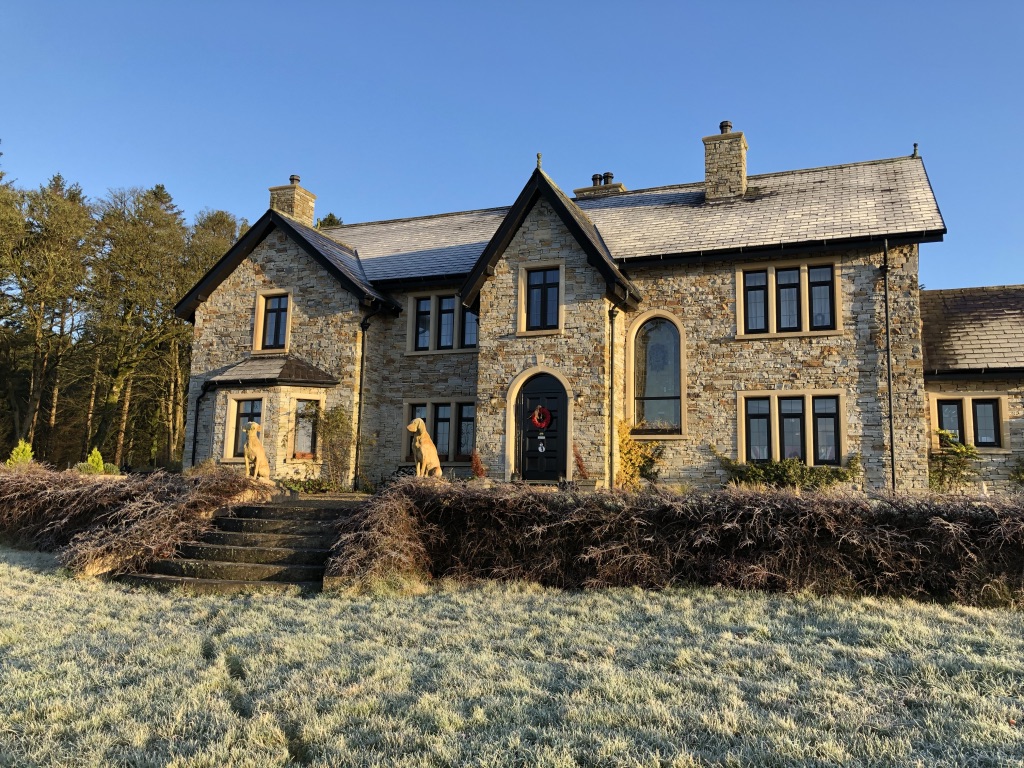
At Kirriemuir, they are rather scientific when it comes to lambing. The ewes are often artificially inseminated (aka AI’d) to increase genetic diversity, in their flock, and control the timing of deliveries. But AI’ing doesn’t always work, so their top ram will “tip” ewes in the field as well. The lambs aren’t to be born before Christmas to keep things fair for sales, so lots of breeders do lamb over the holiday, as is the case here.
The actual business of lambing in the shed is down to a science. The pregnant ewes are brought inside a few weeks before their due date to ensure they’re in top condition before delivering. Twice a day, the ewes eat a diet of grass-hay and high potency grain to ensure the health of the mum and their lambs. And they are closely monitored for any signs of labor.
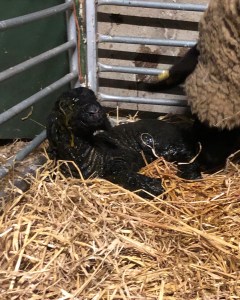
Once in labor, they are moved to a private delivery pen to rest and receive assistance if needed. After the lambs are born, they receive a health check, and their umbilical cord gets a dose of antiseptic. The lambs are then fed the mother’s first milk via a tube to ensure they receive the vital nutrients she provides. Then it’s off to a heated private pen where the mums and lambs can comfortably rest, begin nursing, and get acquainted.
At this point, the ewes and their lambs are checked on and bottle-fed, if needed, every 4-hours. After a week or so, the feedings become less frequent but more significant in quantity, and gradually over the next 6-8 weeks, the ewes and their lambs are moved into larger group pens and eventually supplemented with solid food. In the group pens, the lambs start skipping about and playing with one another, and it’s fantastic to watch and rather funny. Of course, before being introduced to other sheep, the lambs receive ear tags and tail docking rubber rings. Eventually, the sheep are sent outside to forage on grass but receive a solid food supplement full of the essential vitamins and nutrients needed to keep them healthy.


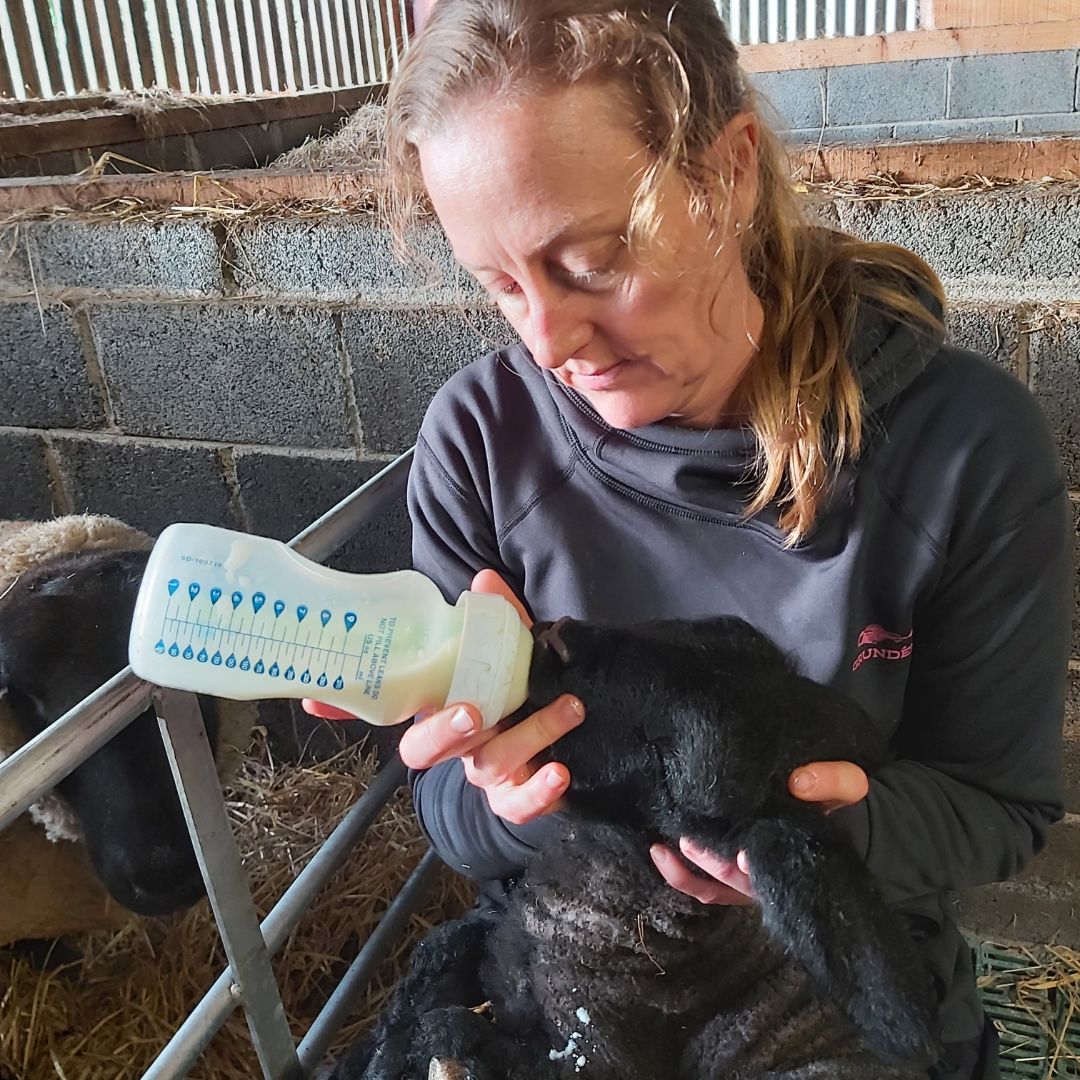

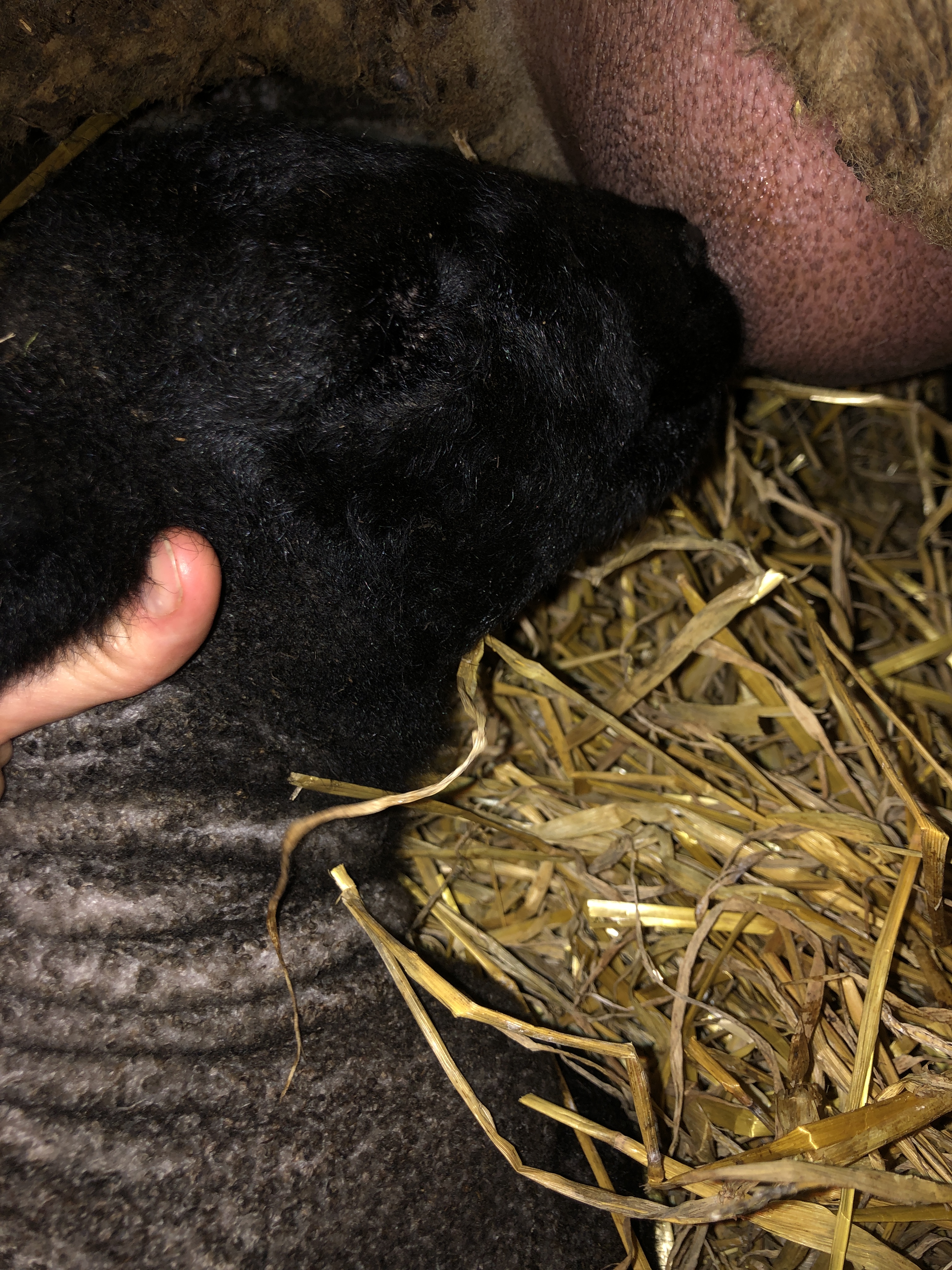
After spending the summer grazing in the fields, the time comes to sell the lambs, and the Suffolk Sheep Society hosts many pedigree sales, where the top rams lambs are the prize stock on offer. The ewe lambs are either retained on the farm for another year, sold as breeders, or sent to the factory for slaughter.




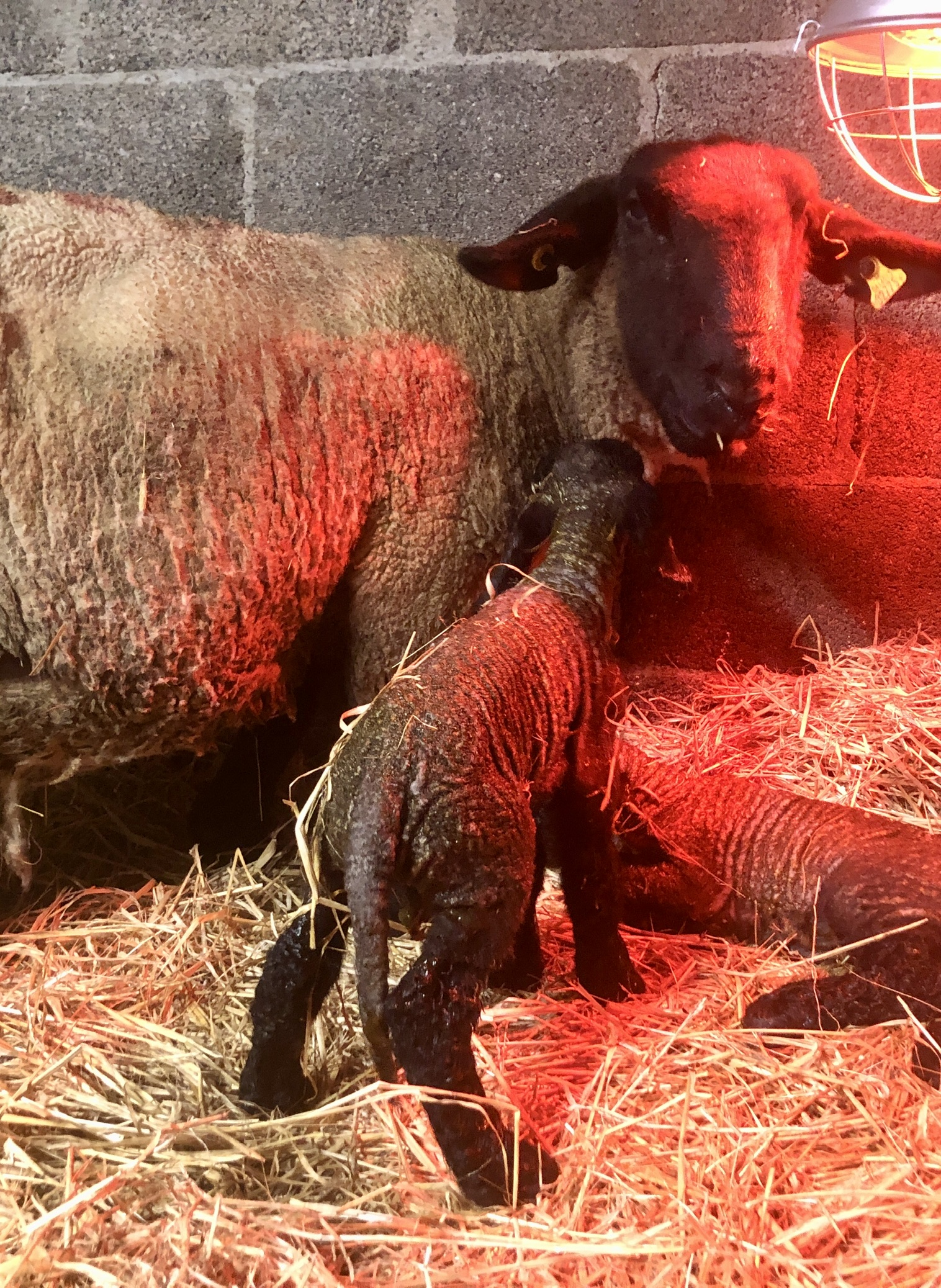

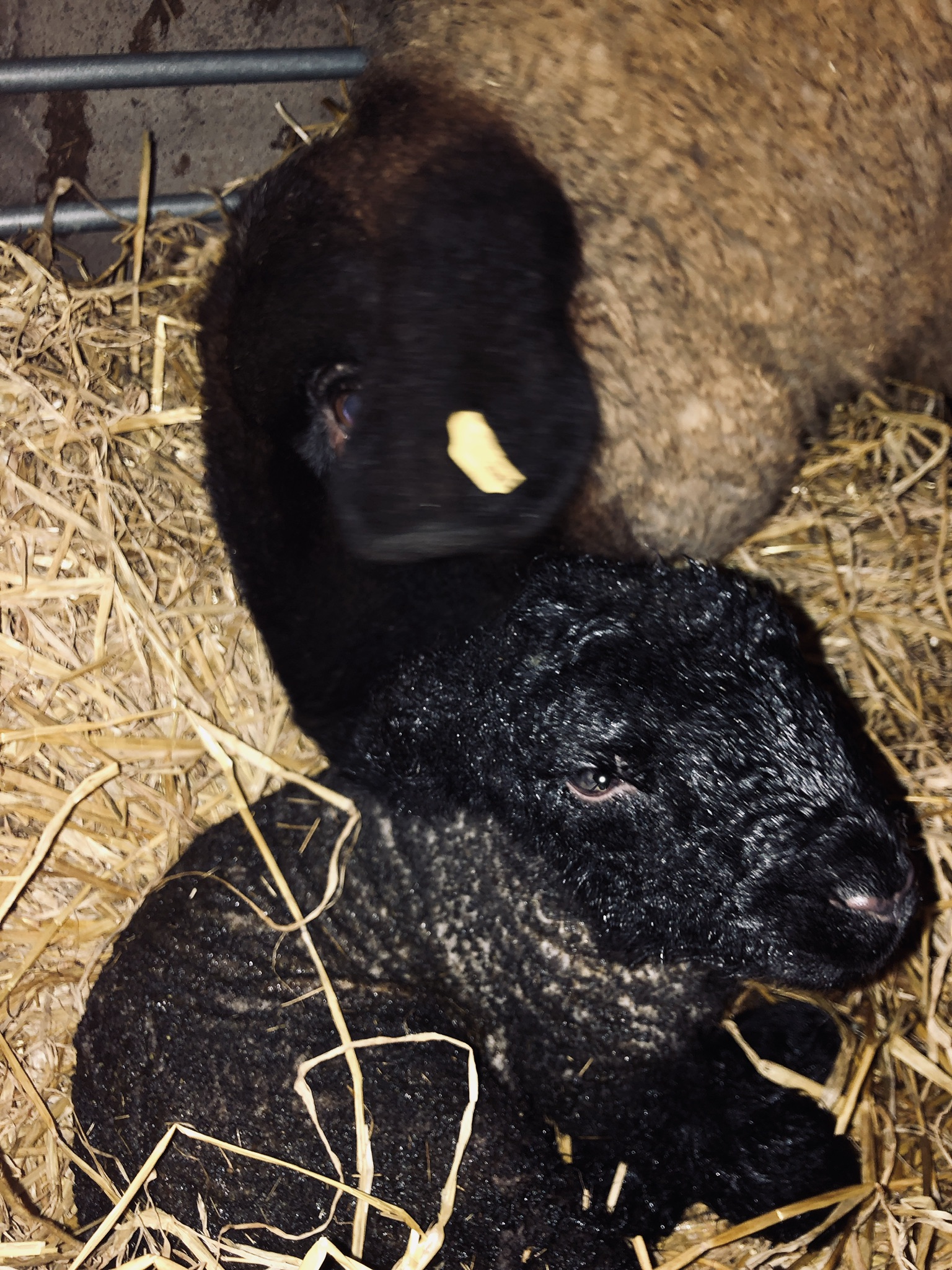

As I wrap up my time here at Kirriemuir, I am reexamining my internal conflict over sheep breeding. Just because I choose not to eat meat does not preclude me from supporting farms that give animals a peaceful, healthy life and a humane and dignified death. Ultimately, all of these sheep are for human consumption; they are not ‘rescue animals’ or pets. This farm is a business, and the sheep are the commodity. But at Kirriemuir, they genuinely care for their sheep and give them the best possible life, one not often afforded to animals grown at large commercial operations. They perpetuate an idyllic small family farm, indeed a noble and worthy goal.
And that’s why I happily give my time to Kirriemuir farm and the family who lovingly run it.
